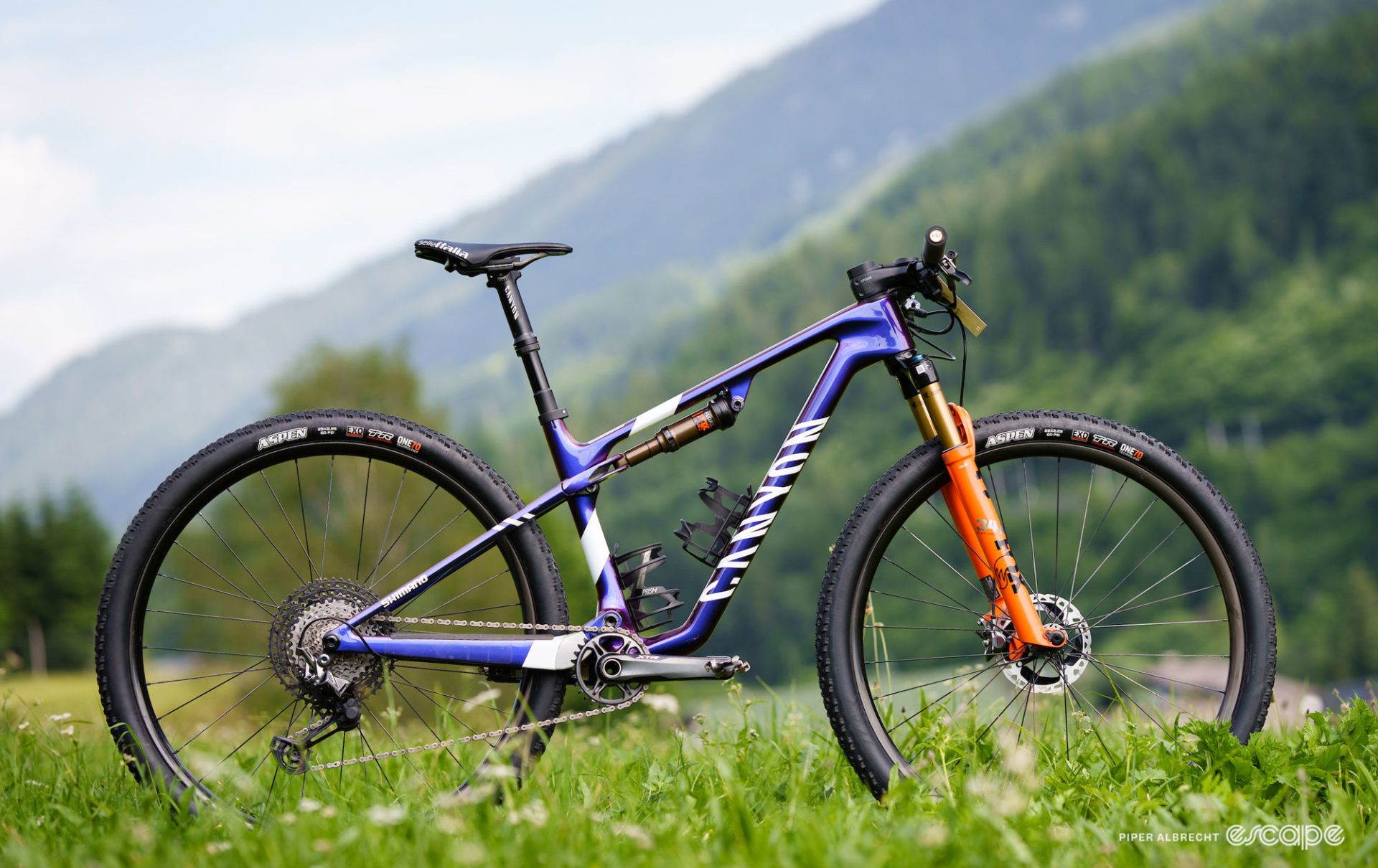When the World Cup season opened in Nové Město, it was 21-year-old Puck Pieterse who achieved a statement win in her Elite mountain bike debut.
Specialising in cyclocross and mountain bike, the Dutch rider has impressive palmarès from the past few years in Juniors and then most recently U23 racing. There are National, European, and World Championship wins in Cyclocross, and a 2022 European championship jersey in cross-country mountain bike.
And then there’s the sign of what’s to come. Piteirse became the first in the women’s peloton to sign a five-year contract, something that’ll see her ride for the Alpecin-Deceuninck team (and Fenix-Deceuninck on the road) until 2027, just like fellow Dutch rider, and now off-road teammate, Mathieu van der Poel. For 2023, Pieterse will focus on mountain biking with the 2024 Olympics in sight.

Last week, Pieterse finished on the podium, in fifth, at the second round in Lenzerheide. At the time of writing, Pieterse heads into this weekend’s World Cup as the series leader, ahead of fellow Canyon athlete Loana Lecomte.
Here we look at Pieterse’s Alpecin-Deceuninck team bike, the Canyon Lux World Cup, an updated model introduced for the 2023 season.
A new Lux World Cup
The Lux World Cup is Canyon’s answer to a race-focussed dual suspension bike. While several brands are upping the travel of their race bikes, Canyon has rather stuck with 100 mm travel front and back.
Retail versions of the bike come fitted with a Fox 32 Step Cast fork in 100 mm, and the frame is officially rated to handle up to a 110 mm fork. I initially thought that Pieterse’s bike, fitted with the stiffer Fox 34 Step-Cast fork, was running 110 mm of travel up front, but with the help of our photographer Piper Albrecht on the ground, we confirmed that it is set at 100 mm.

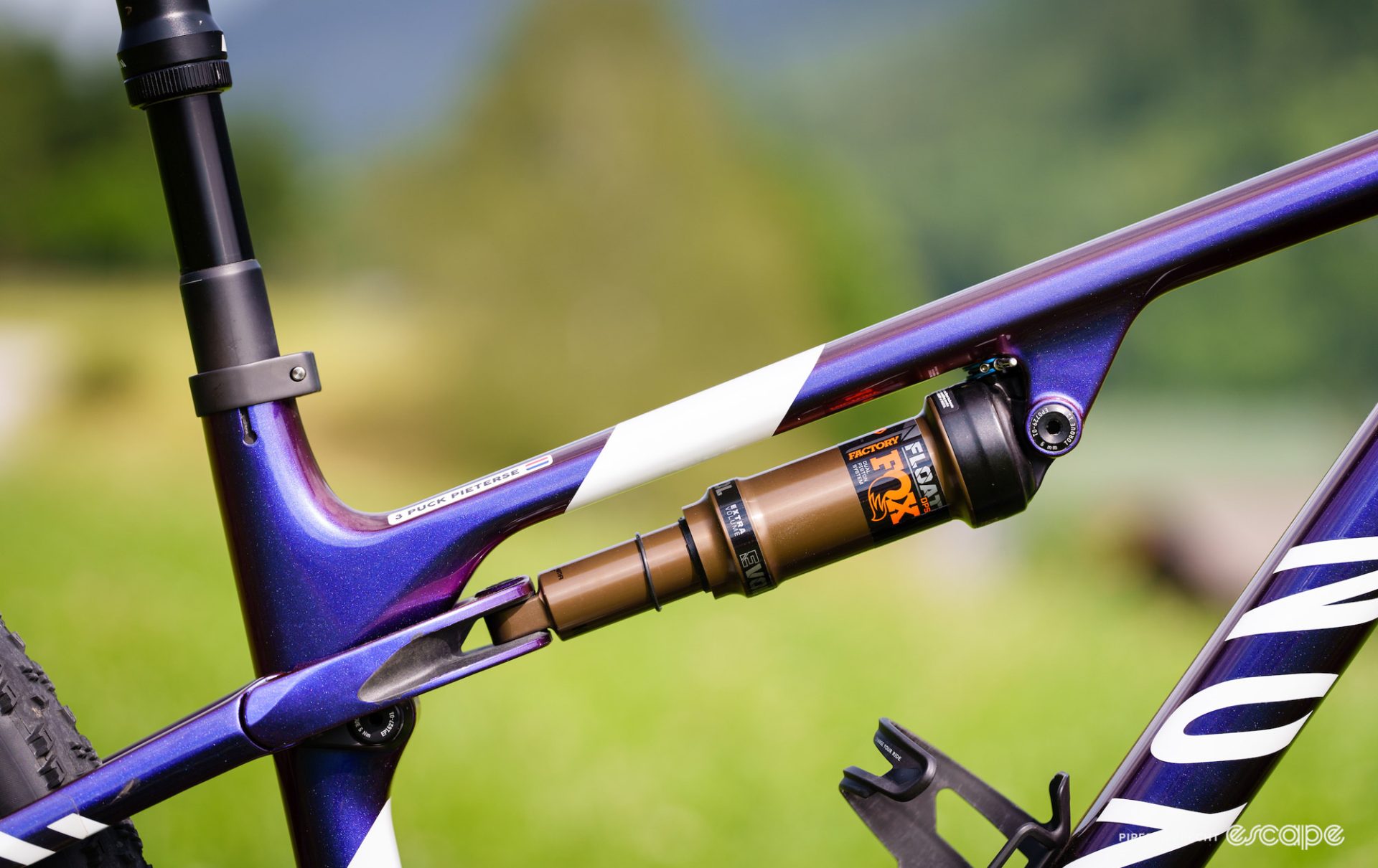
Like many bikes on the XC circuit, the Lux World Cup places the rear shock beneath the top tube in a design that leaves open room for two bottles within the front triangle. The suspension linkage forgoes a pivot near the rear axle, and instead relies on flex through the thin seatstays. A small seat tube-mounted rocker link near to the shock is merely there to ensure stiffness and to keep the yoke-driven rear shock tracking smoothly.
Canyon made some welcomed changes to the geometry of the new Lux World Cup, namely in the way of a slacker head angle and longer reach. At approximately 1.69 metres in height (at least according to ProCyclingStats), Pieterse rides a size Small, with a 430 mm reach, 68.5° head angle, 75° seat angle, and 430 mm chainstays.
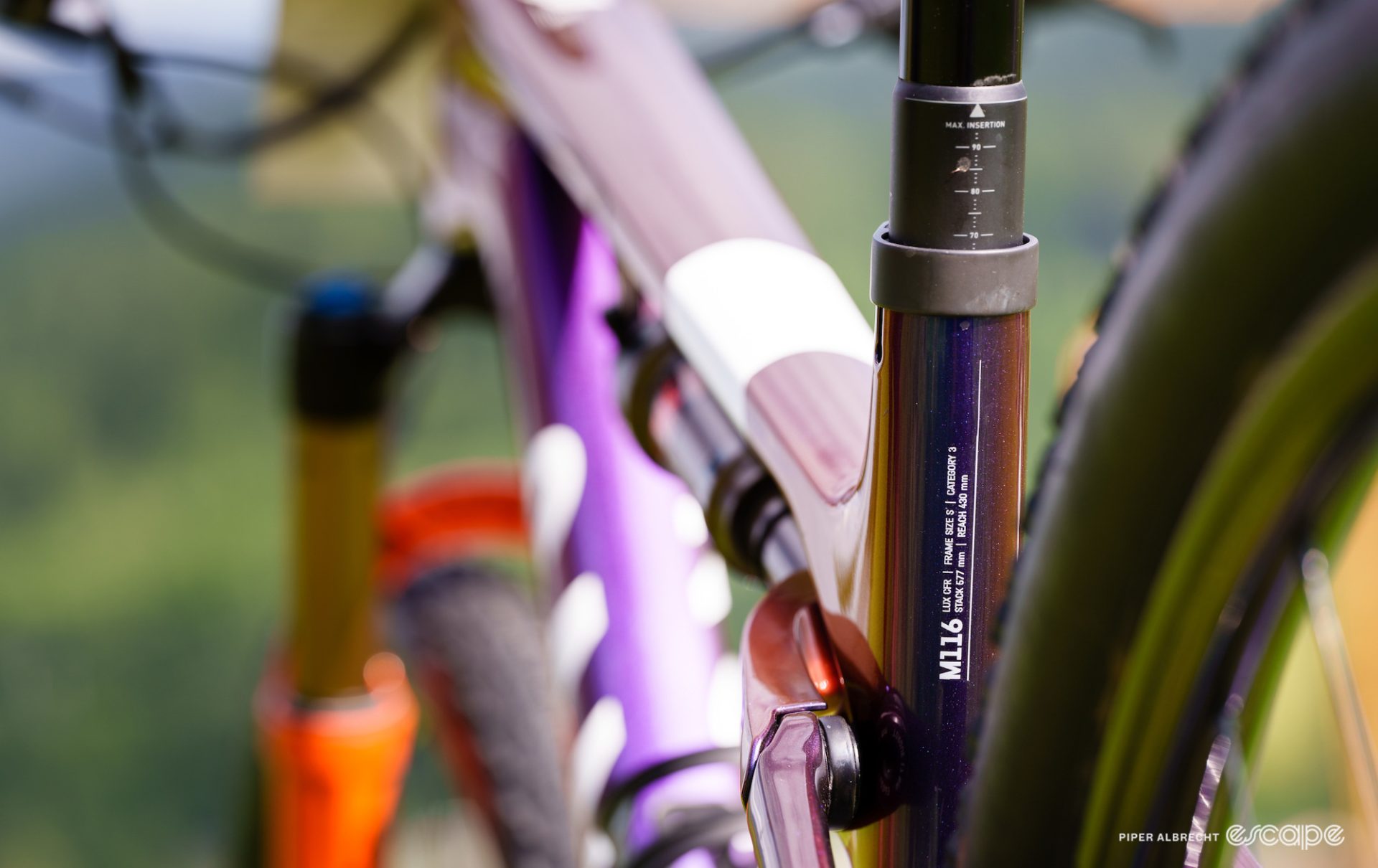
As expected, Pieterse is riding the top-tier and lightest CFR version of the Lux frame, claimed to weigh a smidge under 1,900 grams with the rear shock and hardware. This newer version lops 120 grams off the previous version, all while claiming to be stiffer and stronger.
One of the more obvious visual changes made to the new Lux comes from the headset-based cable routing. Once you get past the tangle of four cables/hose entering the headset top cap, you’ll find CeramicSpeed’s polymer-sealed SLT bearings. As is found in the flagship retail versions of this bike, it’s expected these premium bearings feature in the suspension pivot points, too.


Team bike specs
As you may expect of a factory team rider, Pieterse’s bike doesn’t stray far from the official sponsor-provided components. That said, there are a few notable deviations that I’ll get to. First, let’s look at the main components.
All shifting and braking is taken care of by Shimano’s XTR components. Here you’ll find a standard 1×12 mechanical drivetrain running the 10-51T cassette out back matched to a small Shimano 30T chainring for this weekend’s steep course in Leogang, Austria.

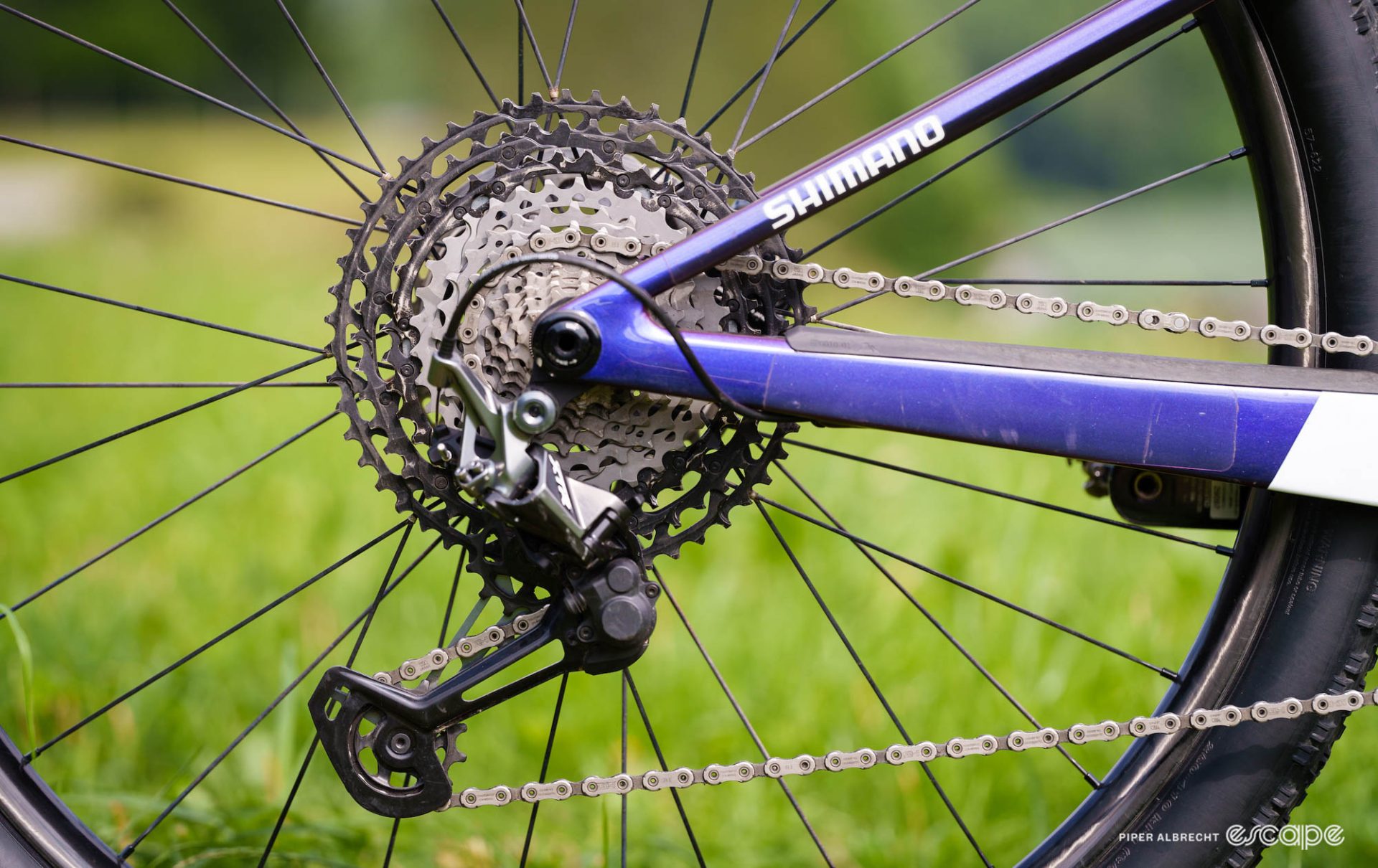
As covered, Fox Factory suspension features front and rear, with that stiffer, albeit heavier, 34 Step-Cast fork up front. Both front and rear shocks are cabled to Canyon’s on-off handlebar remote, something that sits under the bar for the left thumb.
Also controlled by the left hand is the somewhat unique-looking topper-style DT Swiss D 232 One dropper post. The post has a surprisingly simple internal layout that helps to keep weight competitive and in this case, offers 60 mm of drop. This is wired to a Fox Transfer Universal remote that sits in an upright position above the bar.
Canyon provides the controls up front, with its own CP08 one-piece carbon cockpit that is shared across the Lux World Cup and Exceed hardtail bikes. Here, Pieterse runs the -17° version, with an 80 mm stem length, and the bars trimmed to a 690 mm width, not that the talented rider always holds onto them.
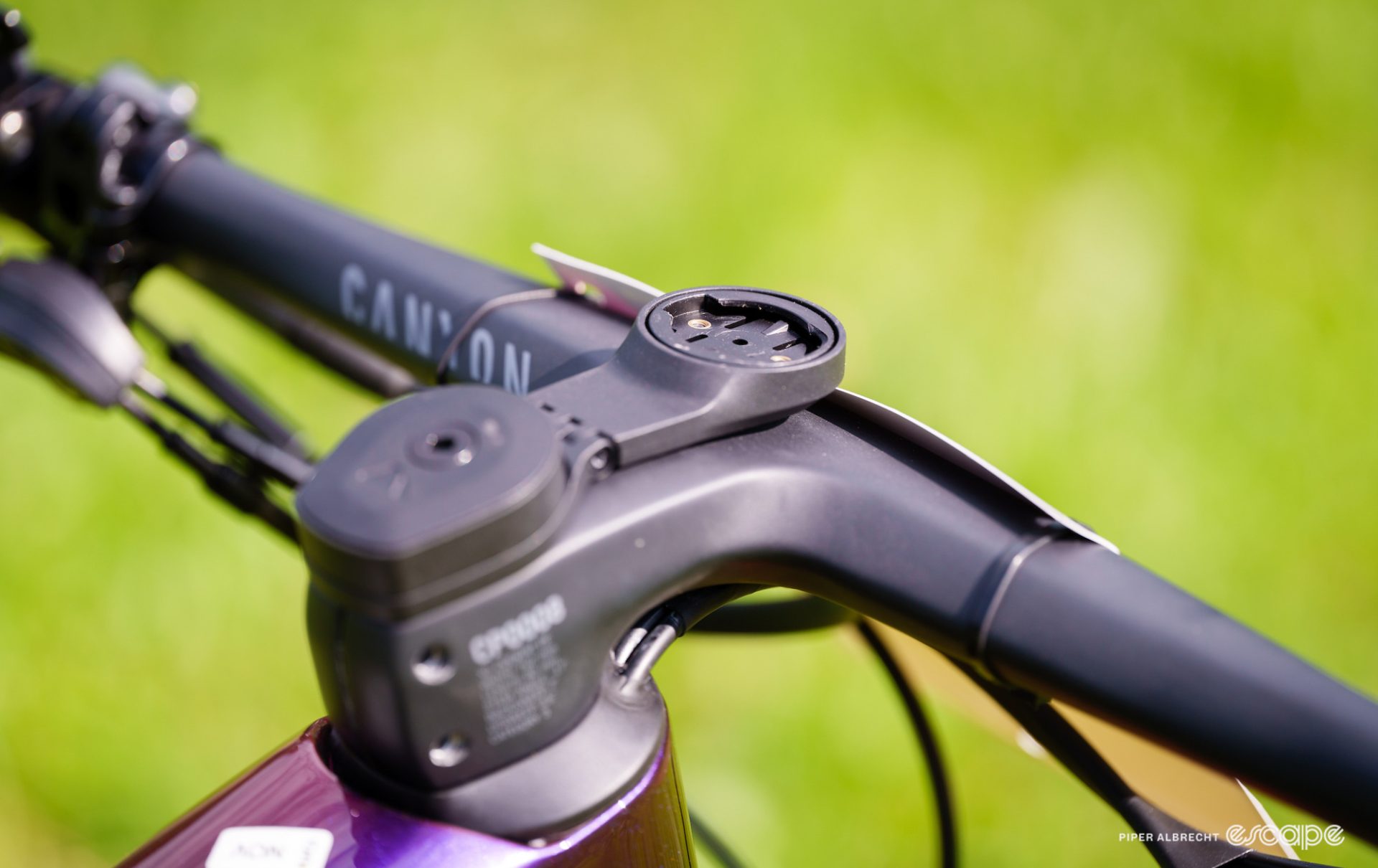
The wheels and tyres are where things differ from the expected team spec. The Sharpie is there, but doesn’t wholly hide that the carbon rims are made by Duke. The French wheel company is a common sight amongst the cross-country race crowd and it’s unclear exactly which model of rim is being used here. Those light rims are laced to Shimano XTR hubs with either Sapim CX-Ray or DT Swiss Aerolite bladed spokes and aluminium nipples.
Inside those hubs I speculate that you won’t find the usual stock steel ball bearings and green Shimano Special Grease, but rather some 5/32” loose bearings from CeramicSpeed and a far lighter viscosity grease. At this level of racing, such tricks are almost assumed. Similarly, it’s almost a certainty that the race-day chain is waxed.
Wrapping those rims are a pair of Maxxis Aspens in a pro-only 170 TPI casing. These tyres offer a quoted width of 29 x 2.25in, but are likely to measure wider than that. Inside you’ll certainly find air and sealant, but it’s unknown whether foam inserts are in use.

Unfortunately, we don’t have an exact weight to share, but it’s expected that this bike would be somewhere around 10.2-10.5 kg.
Given how the first two rounds have gone, we expect we’ll be seeing this blue/purple bike at the pointy end of the field throughout the season to come.
Build list
- Frame: Canyon Lux World Cup CFR, size small
- Fork: Fox 34 Step Cast Factory, 100 mm travel, Fit4 remote lockout
- Headset: Canyon / Acros, with CeramicSpeed SLT bearings
- Handlebar / Stem: Canyon CP08 one-piece carbon, 80 mm, -17° angle, 690 mm bar width.
- Grips: ESI Racer’s Edge
- Saddle: Selle Italia SLR Carbon
- Seatpost: DT Swiss D232 One, 60 mm travel, 30.9 mm diameter
- Cranks: Shimano M9100 XTR, 175 mm, Stages left-side power meter
- Chainring: Shimano M9100, 30T
- Bottom Bracket: CeramicSpeed BB92, 24 mm spindle
- Pedals: Shimano M9100 XTR
- Chain: Shimano M9100
- Cassette: Shimano M9100 XTR, 10-51T
- Rear Derailleur: Shimano M9100 XTR
- Shifter: Shimano M9100 XTR
- Brakes: Shimano M9100 XTR
- Brake Rotors: Shimano XTR, 160 mm
- Wheels: Duke carbon rims, bladed spokes, Shimano XTR Boost hubs
- Tyres: Maxxis Aspen EXO TR 170 TPI, 29 x 2.25 in
- Bottle Cages: Elite Prism, side-entry
- Extras: Canyon steerer-mounted computer mount for Wahoo
Gallery
All images by Piper Albrecht.

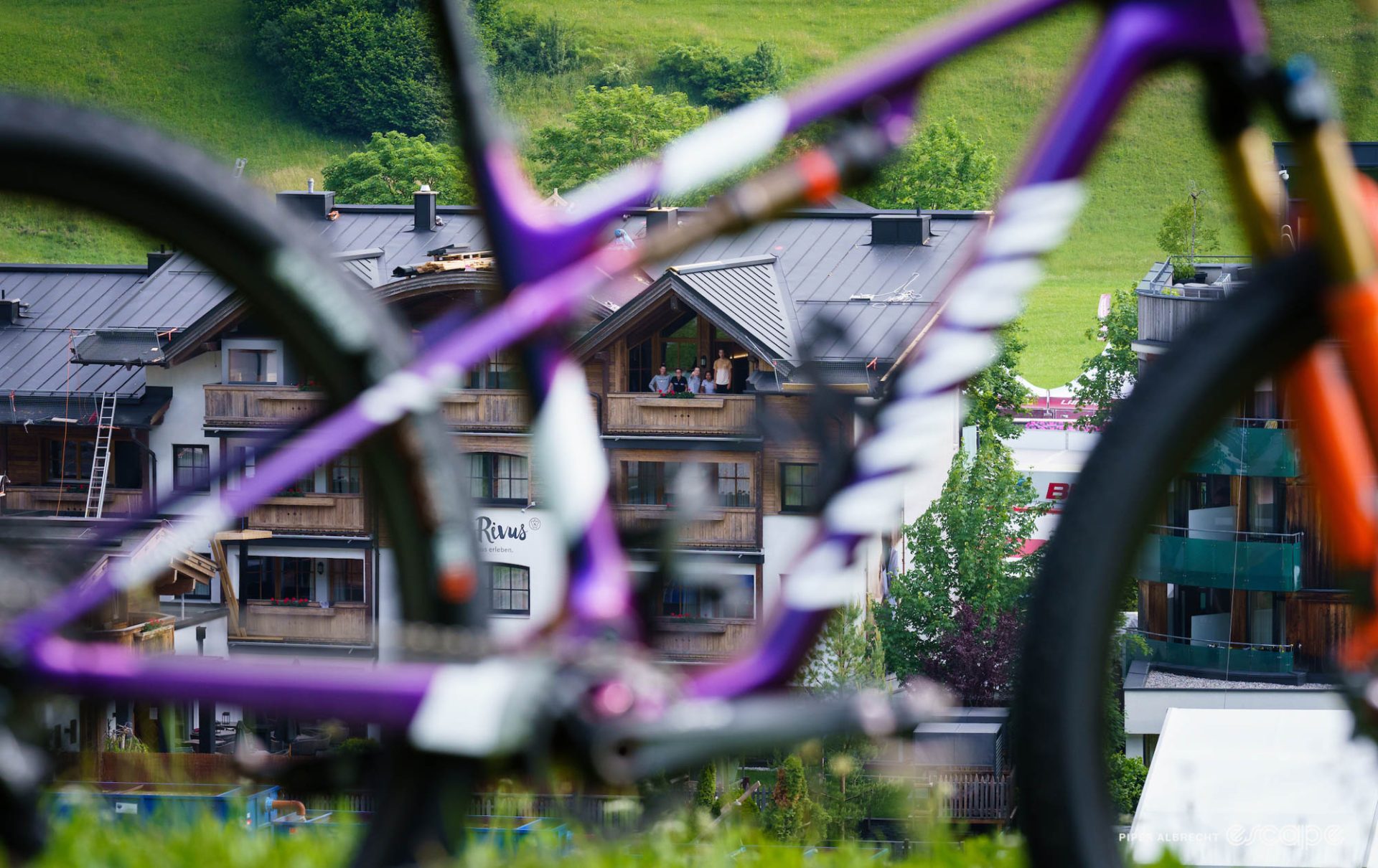
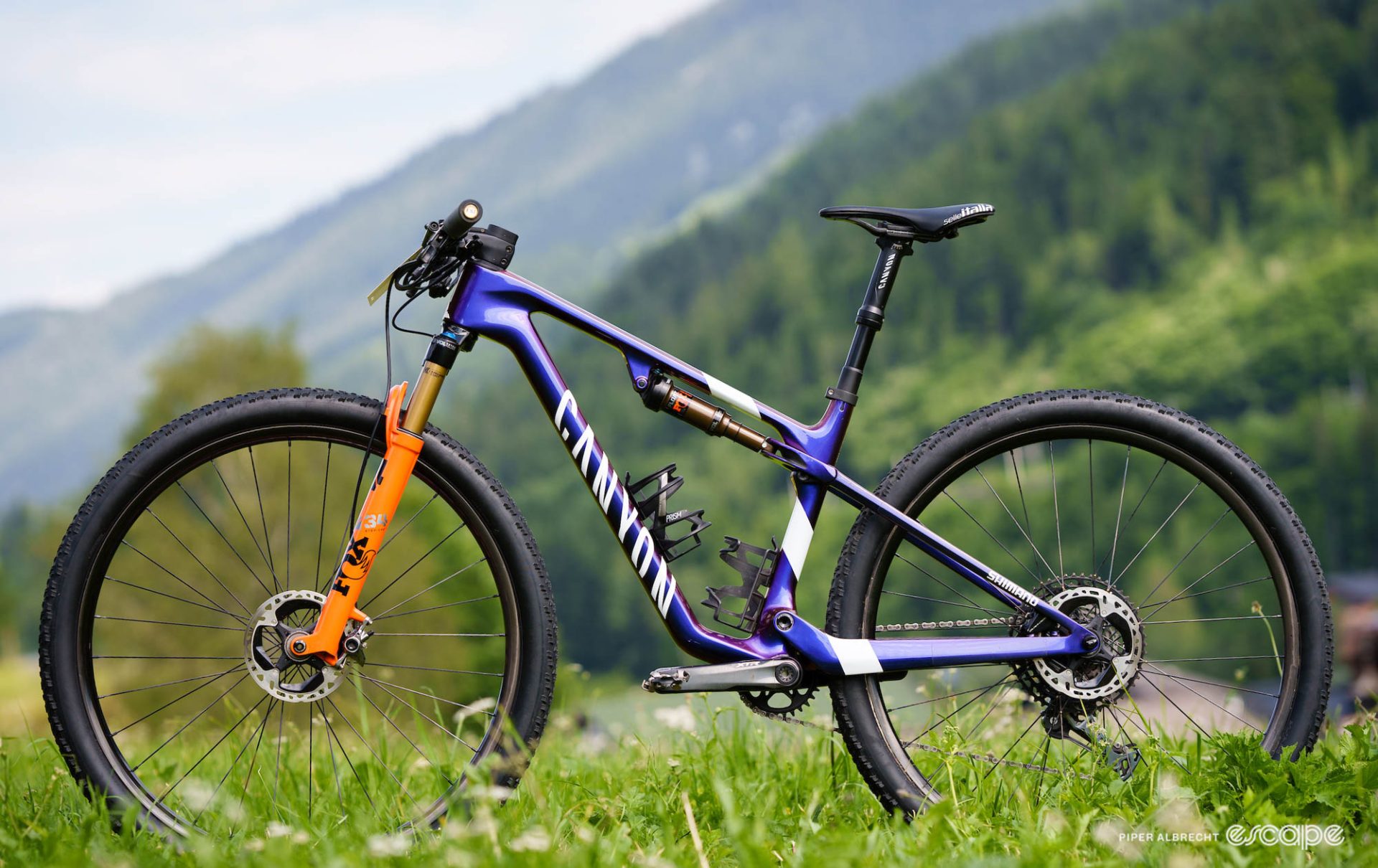
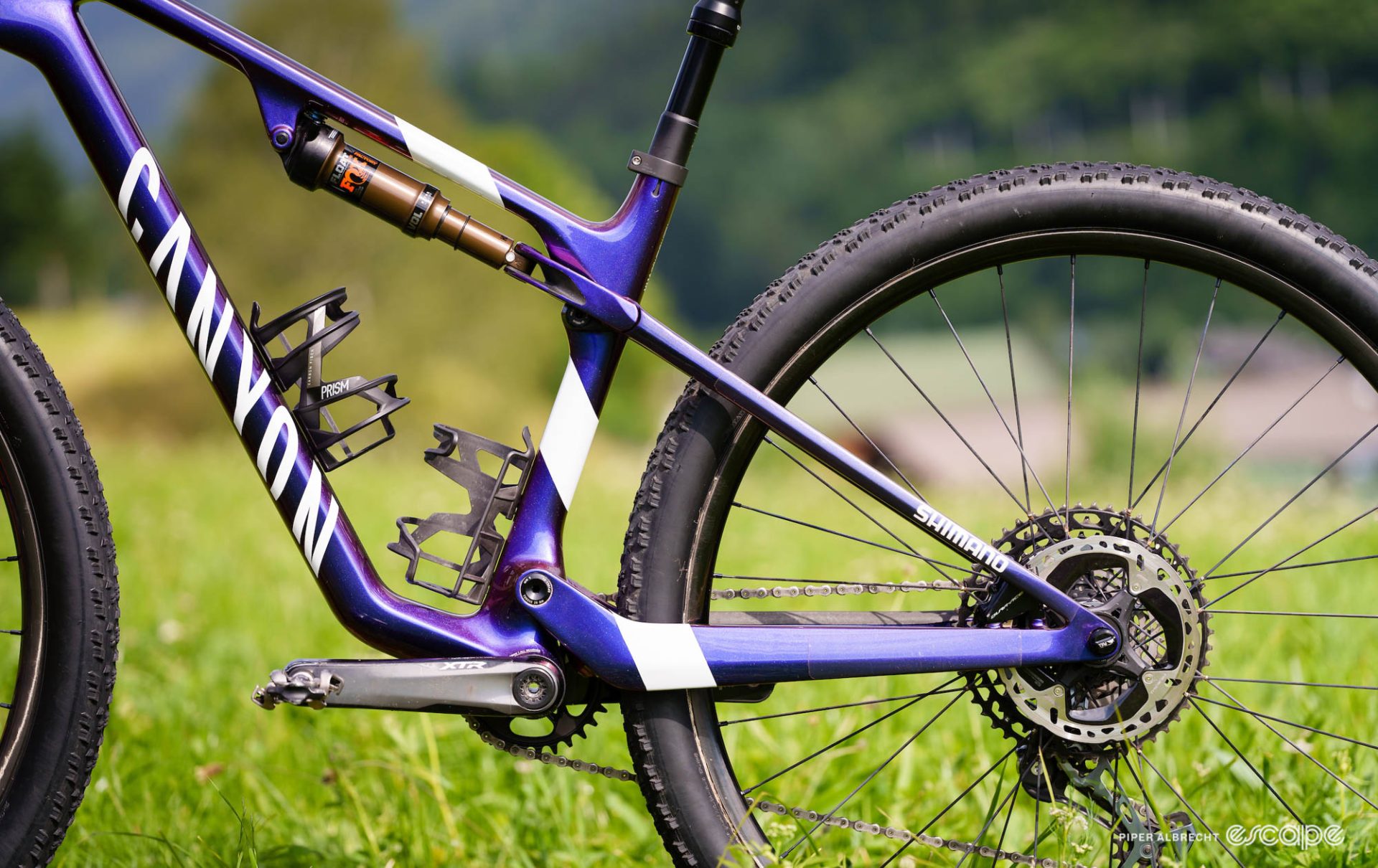
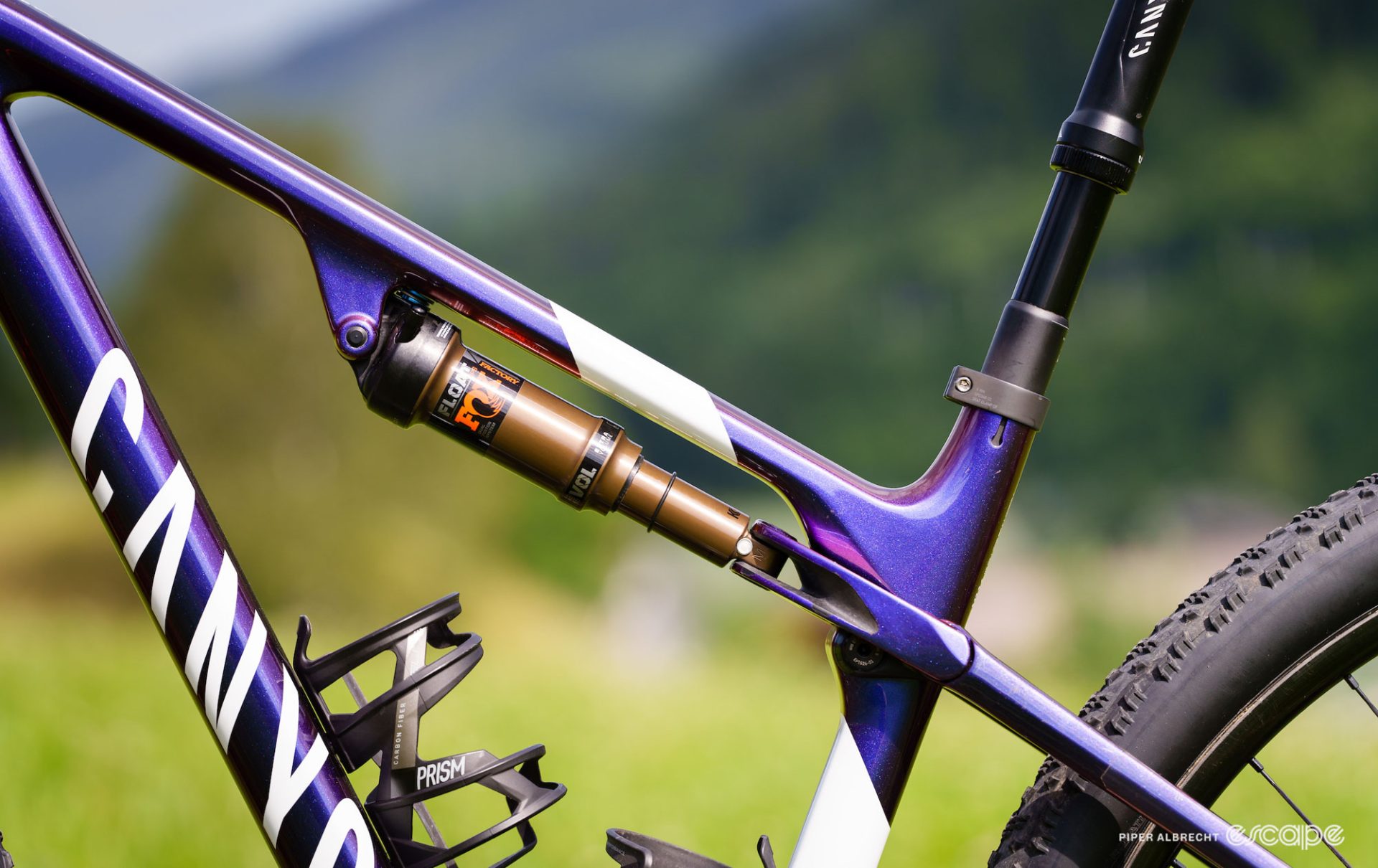




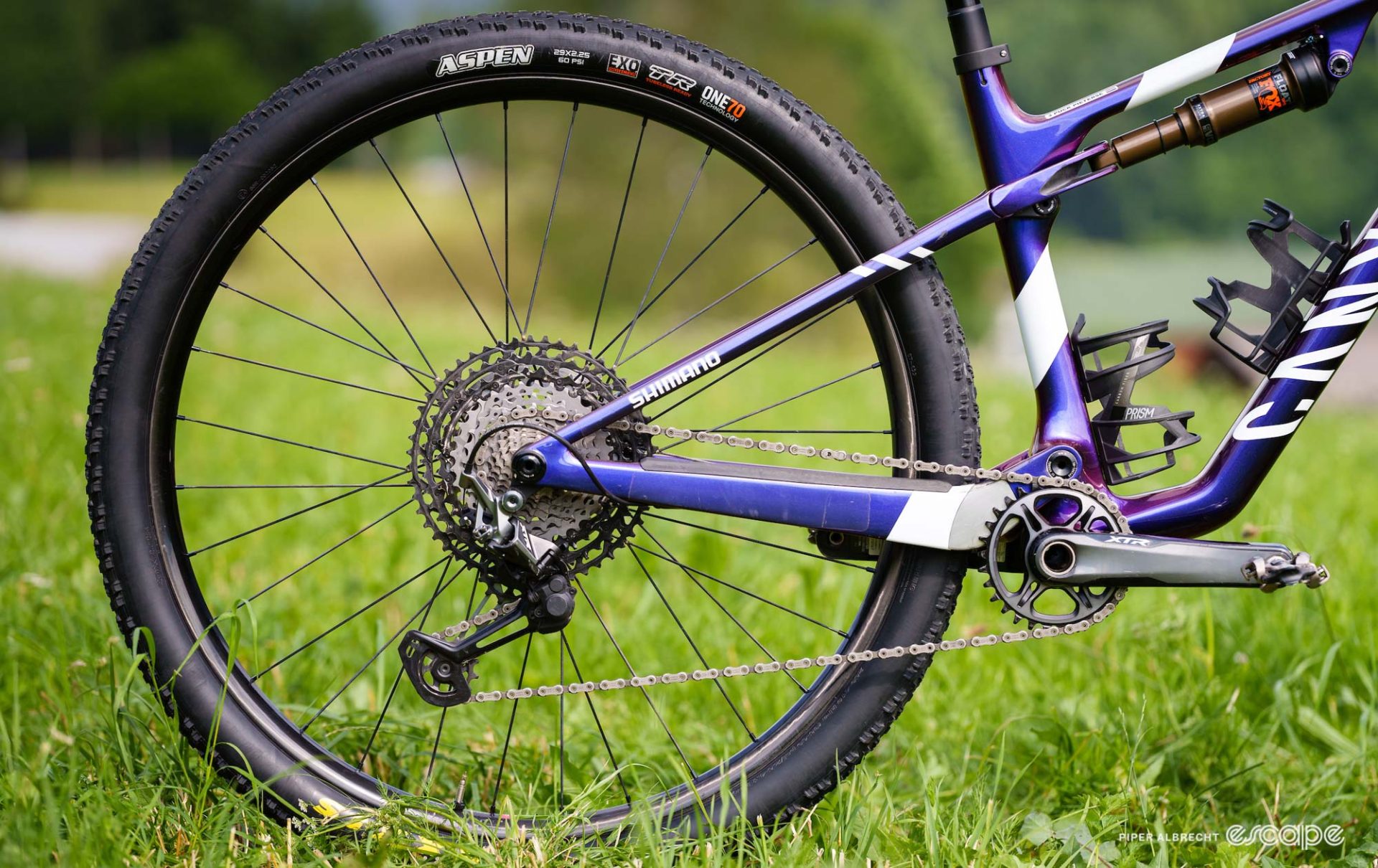




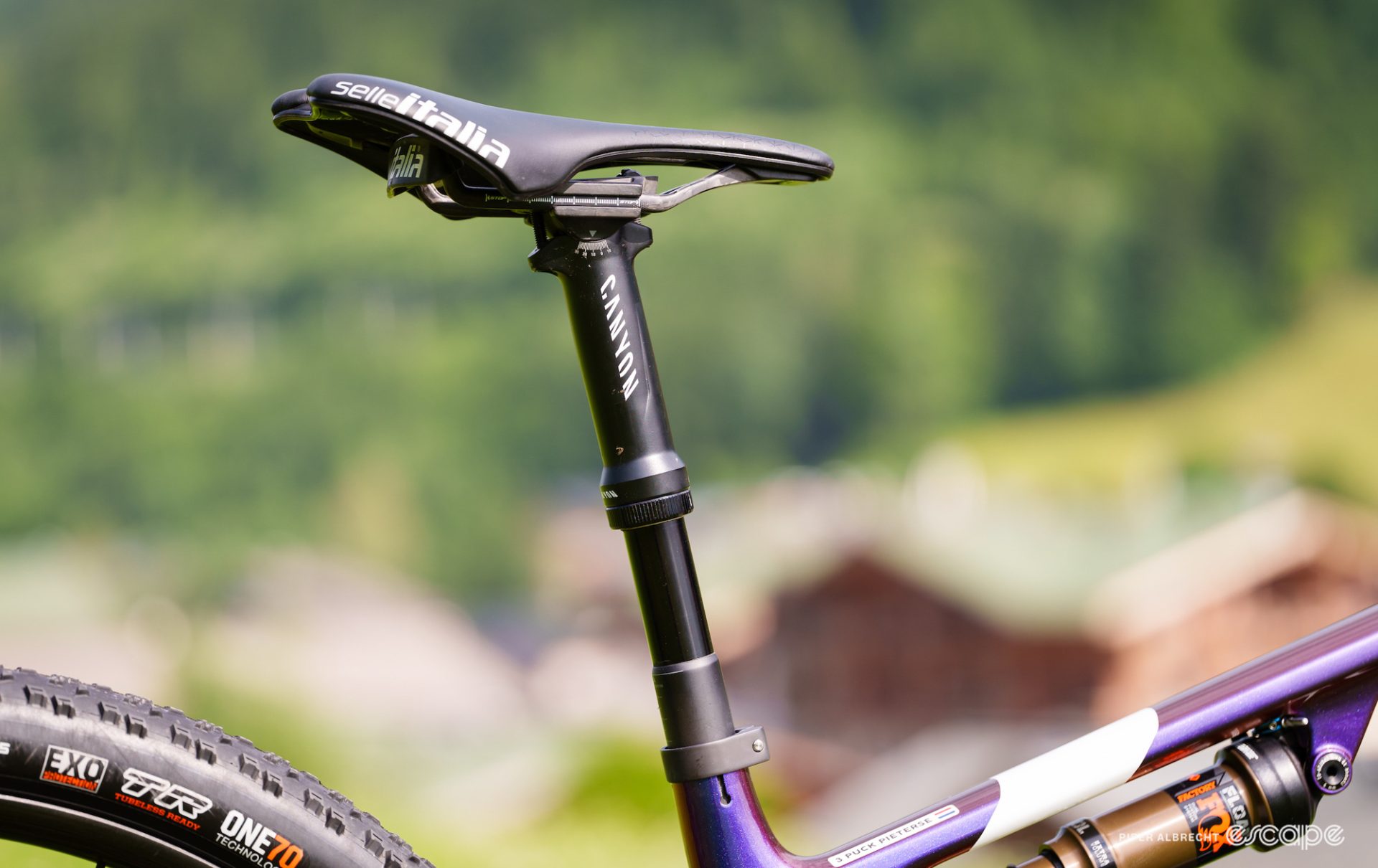



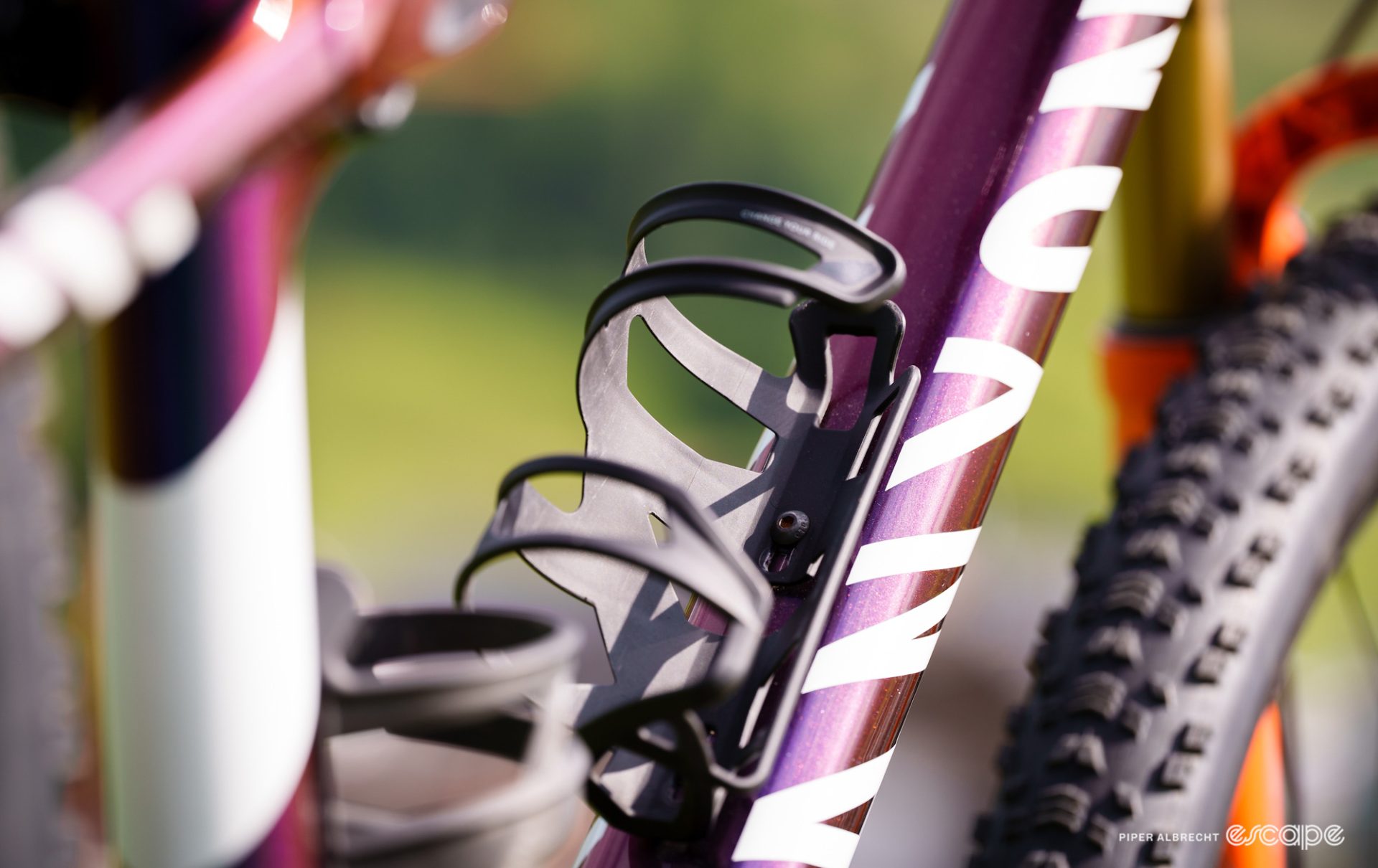
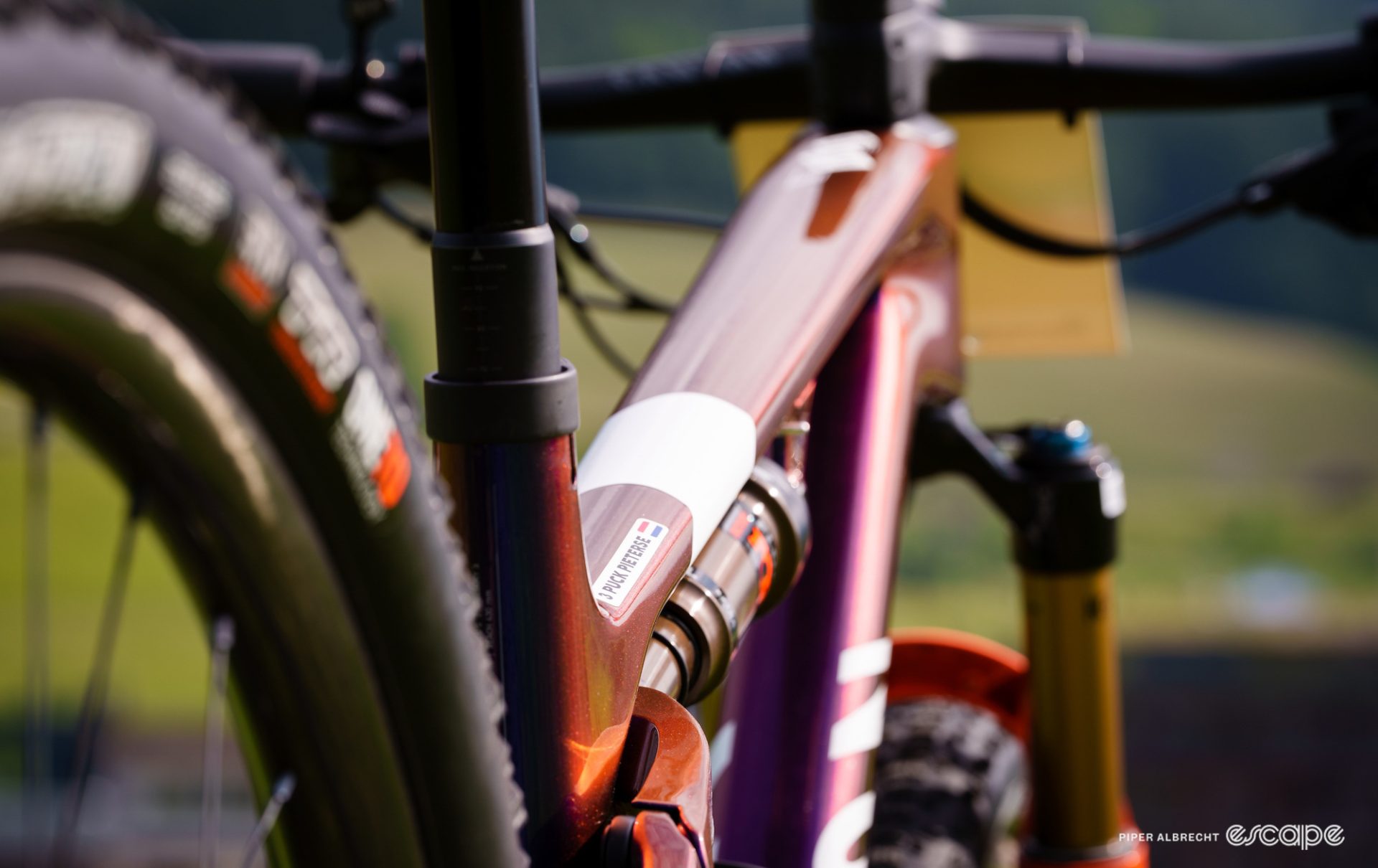

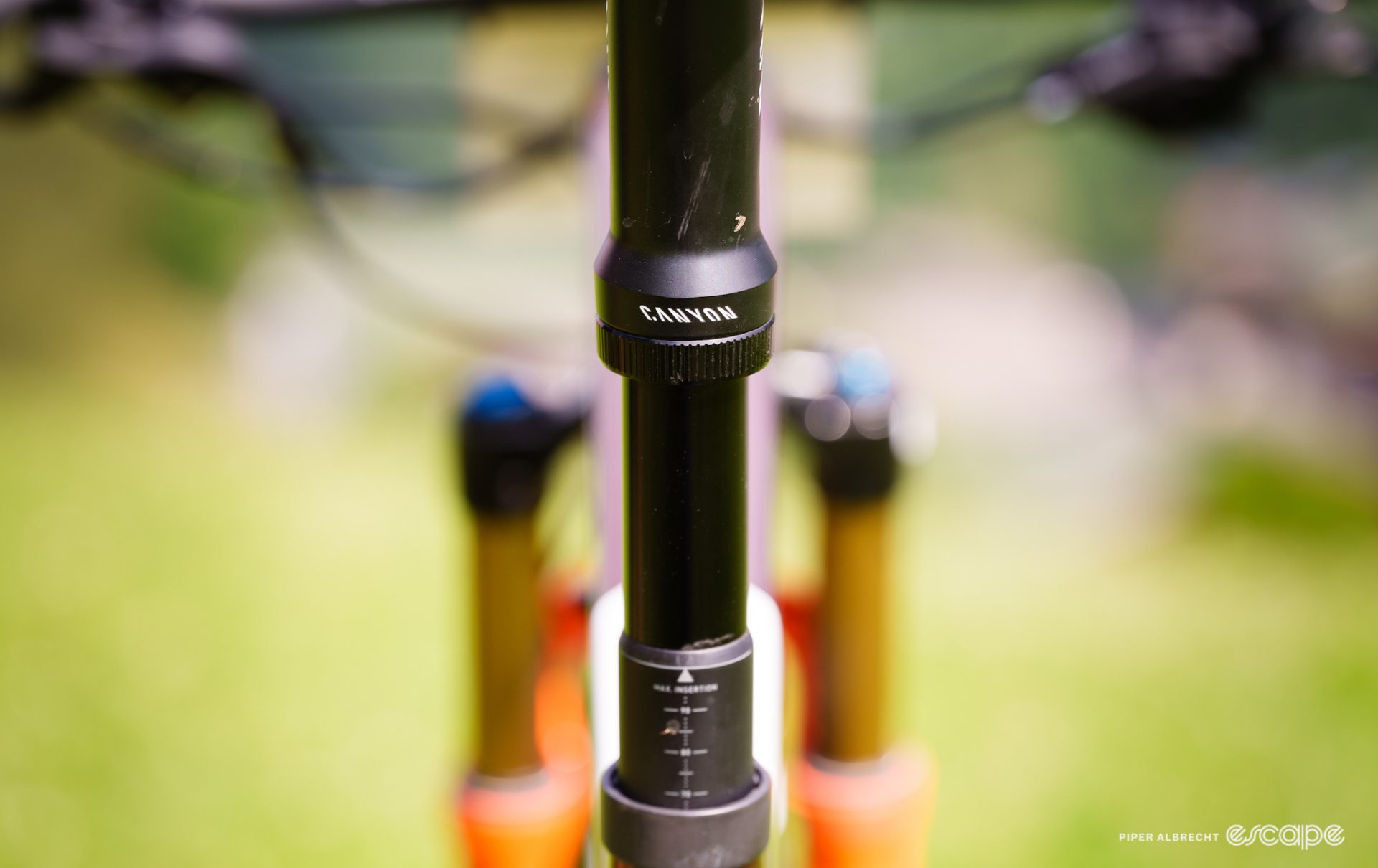
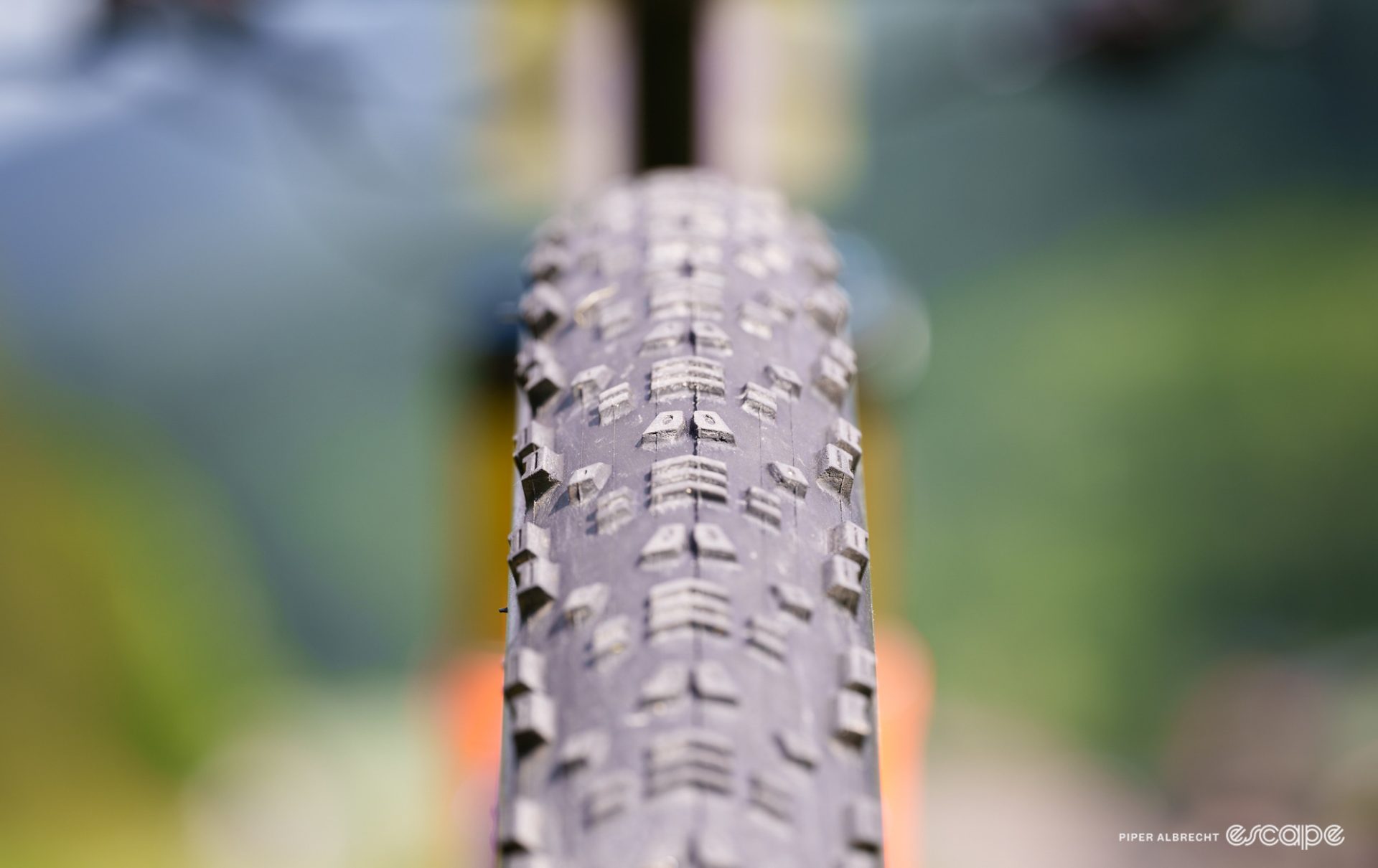

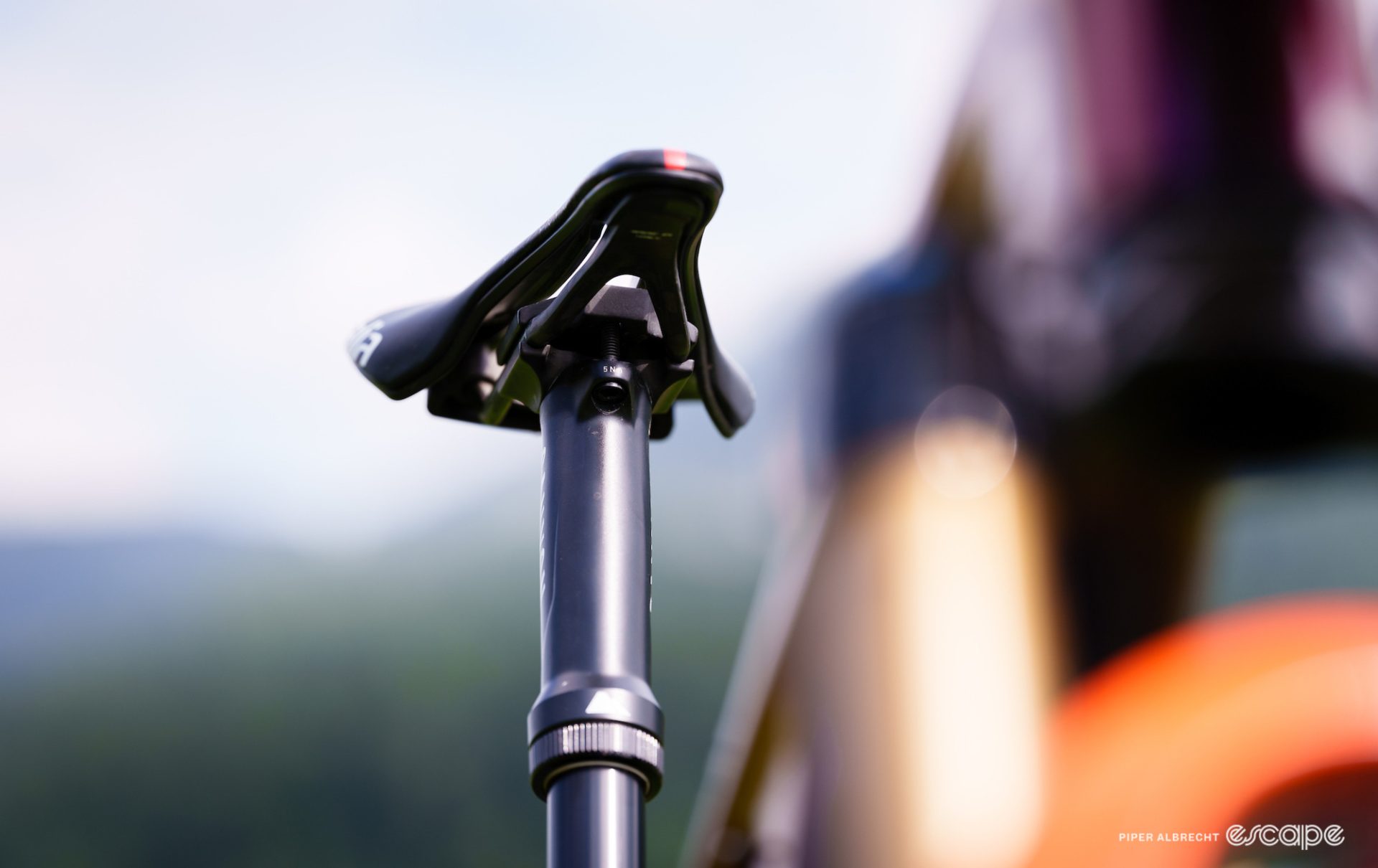

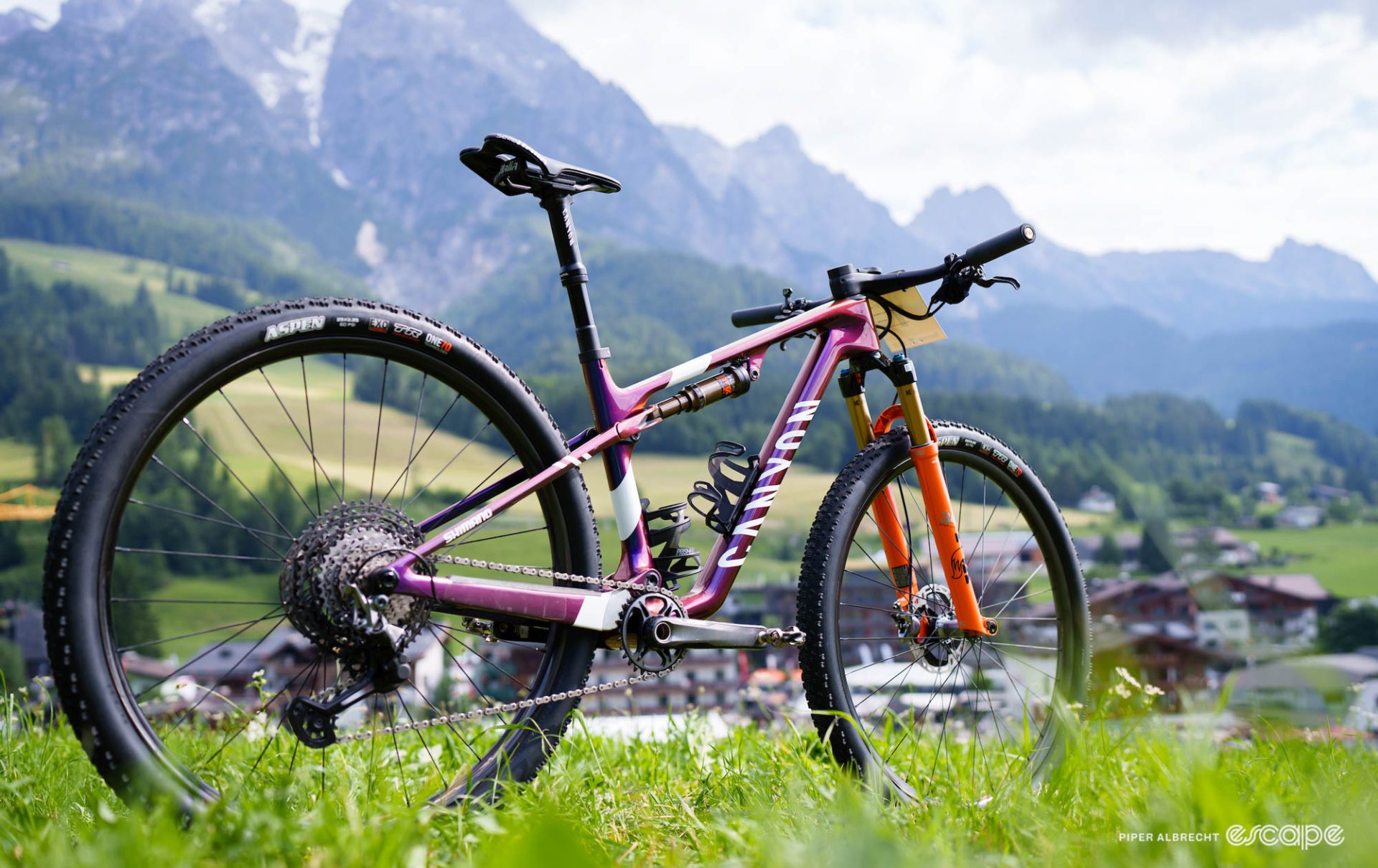
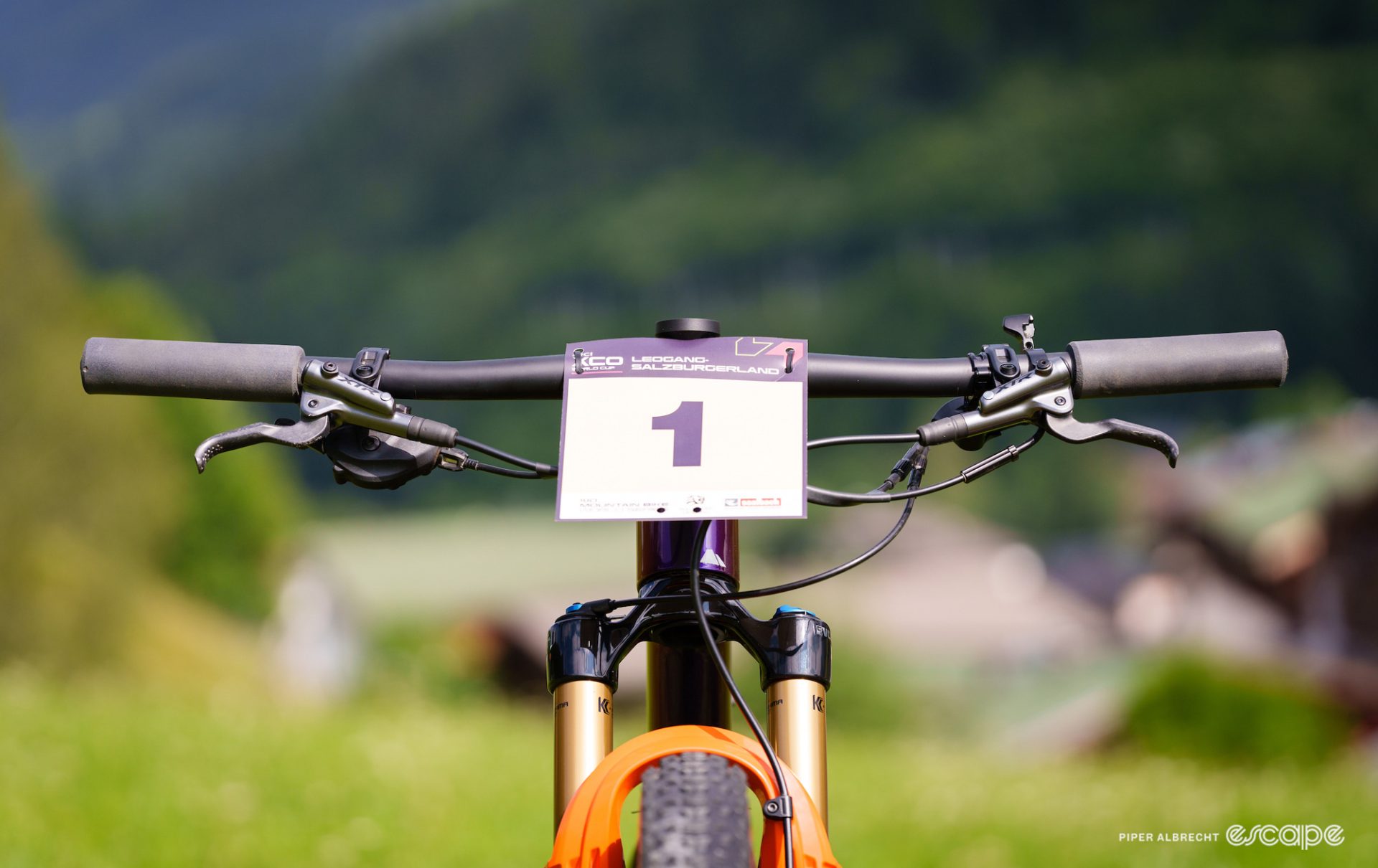
What did you think of this story?
